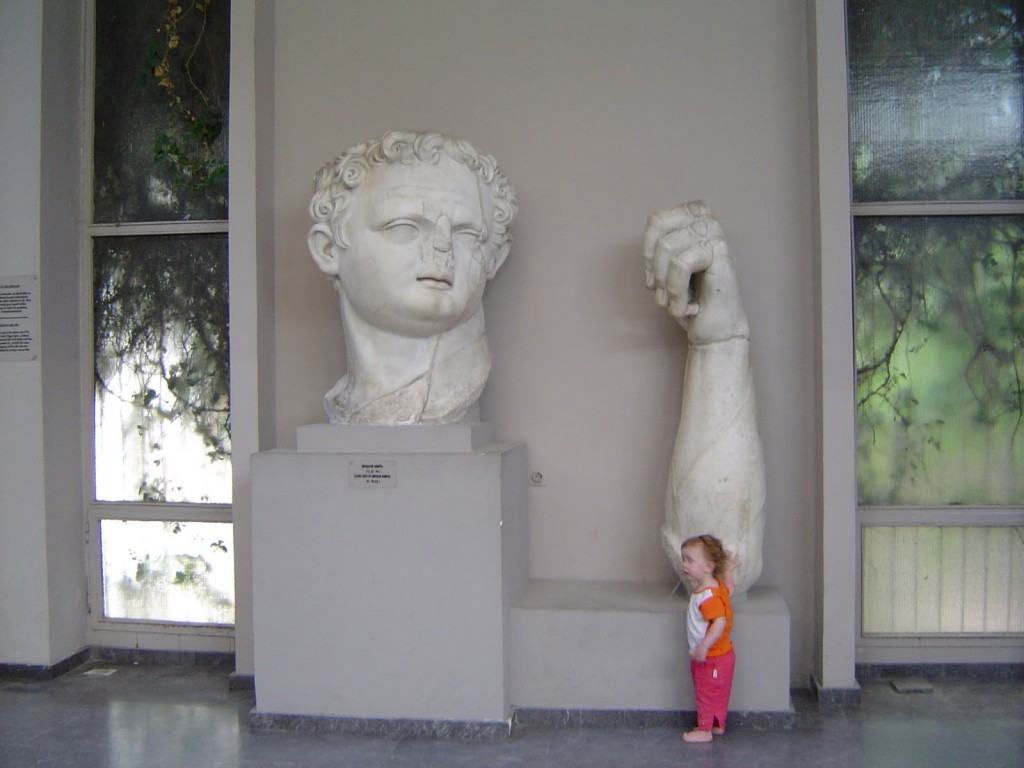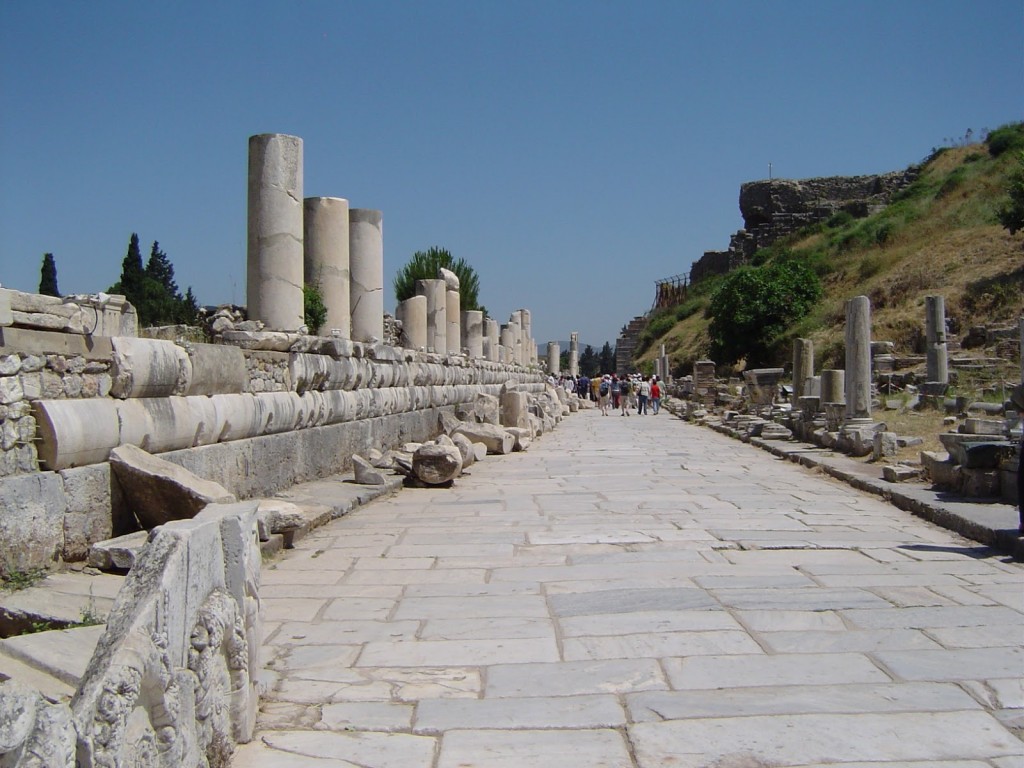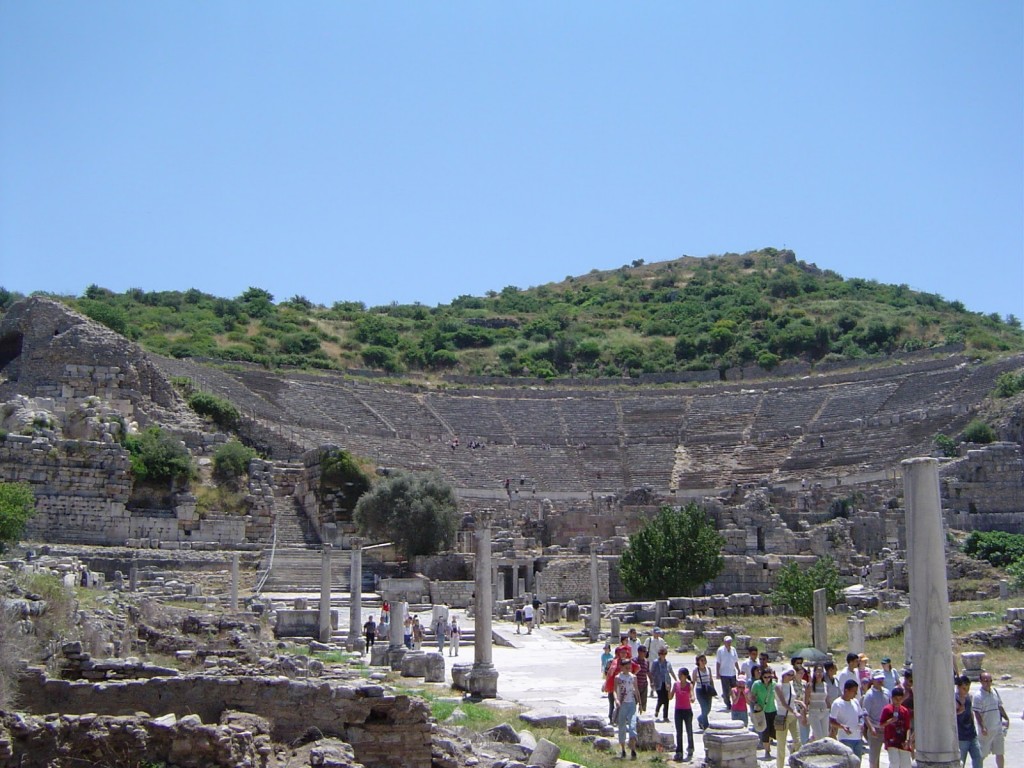It was the opening seconds of New Years Day. Dima, Natasha and Marina were standing out in the cold, their winter coats wrapped tightly around their bodies, hats pulled down warmly over their ears, as a little way off Yevgeny stooped over to light the fuse of some fireworks. He was apparently successful, for he came jogging over to them, before quickly turning around to watch. All around them the sound of Russians ushering in the New Year could be seen and heard. And then, their own contribution was added to the light and noise: one after the other, more than a dozen brilliant balls of fire were shot high into the air above them before exploding into a million pieces of shimmering light accompanied by an electrifying and almost deafening sizzle. The last few seemed to speed up and the climax came as three went off almost simultaneously.
Dima realised he had been shouting “Hoorah!” as each firework had exploded, and suddenly he felt a little embarrassed. But no one seemed to have noticed. In fact, now he came to think about it, they had all been doing the same thing. Turning to Natasha, he gave her a big hug and a kiss. Then, he gave Marina and Yevgeny a hug and the traditional New Year greeting: “S Novym godom!”
With a shiver, Natasha exclaimed, “That’s enough. Let’s get inside!”
Everyone agreed. The temperature was around minus fifteen – not horribly cold, but cold enough. With the occasional flash of firework-light illuminating the path, they made their way across the snowy area in front of Dima & Natasha’s building. Within a few minutes they were removing their coats inside their apartment, ready to drink something to warm themselves up again.
Once everyone had a cup of tea or coffee made to their exacting specifications, Yevgeny posed a question to everyone: “What are your plans for this new year?”
There was a brief silence as everyone started thinking of something deep and profound to say. From outside could be heard the muffled bangs as the impromptu and unofficial fireworks display continued.
Marina was first.
“I am looking forward to the birth of our first child,” she said, simply.
This was news; Natasha leapt up, shrieking excitedly, to give Marina a special hug, and Dima solemnly shook Yevgeny’s hand.
“Congratulations,” he said to Yevgeny.
“Thanks,” he replied. “I, too, am looking forward to that occasion. It will bring many changes to us as a couple, but nothing we cannot face with God’s help and presence. It is also hard to separate a man from his work, so I am also looking forward to seeing what God will do in our church. We have much to be thankful for, but still many challenges to face.”
Natasha was back in her seat by this time. “Well, we are not expecting any additions to our family just yet,” she said, looking sideways at Dima with a smile. Then she looked rather serious. “Actually, I have been thinking about my parents recently. My father is drinking again, and my mother has basically kicked him out. They really need to become Christians, but I just can’t see it happening, and I don’t know what I can do. So I have been praying for them, and I want to visit them when I can.” However, Natasha’s parents lived in a town a few days train-ride from St. Petersburg, so a visit was a serious undertaking, one that did not occur too frequently.
“We will also pray for them,” said Yevgeny, as Marina nodded beside him. “And for you.”
It was now Dima’s turn to speak.
“You all know that I have become rather obsessed by the book of Revelation.” There was some laughter. “Well, I want to try and find a way of making the book more accessible to the church here in Russia. I’m not sure if I will write a book, or start a web site, or what. But I know that in the past, the church would really have benefited from having a proper understanding of Revelation. And who knows if the church may need it sometime in the future.”
“Indeed,” said Yevgeny, heartily. “And that reminds me! I have a little Christmas present for you.” He got up, went over to his satchel and pulled out a present wrapped in cheery Christmas paper. “Here, I thought you might find this interesting.”
“Thanks,” replied Dima, taking the present. He tore off the paper and found himself holding a book: The Late Great Planet Earth by Hal Lindsey.
“It’s a bit of a classic,” said Yevgeny. “Hal Lindsay wrote this book in 1970, in which he predicted that the return of Jesus would happen within about 40 years after 1948. As you may have noticed, Jesus didn’t return in 1988, so Hal Lindsey has revised his book quite a few times since. What you are holding, though, is his first version, which makes for very interesting reading.”
“Wow,” said Dima, “How did you get hold of it?”
“Amazon.com,” replied Yevgeny with a shrug.
“Well, thanks again,” said Dima. “I look forward to reading it.”
“And now,” said Yevgeny, solemnly, “let’s commit this year to God.”
They all bowed their heads as Yevgeny prayed. All in all, it was a good way to start the year.




















